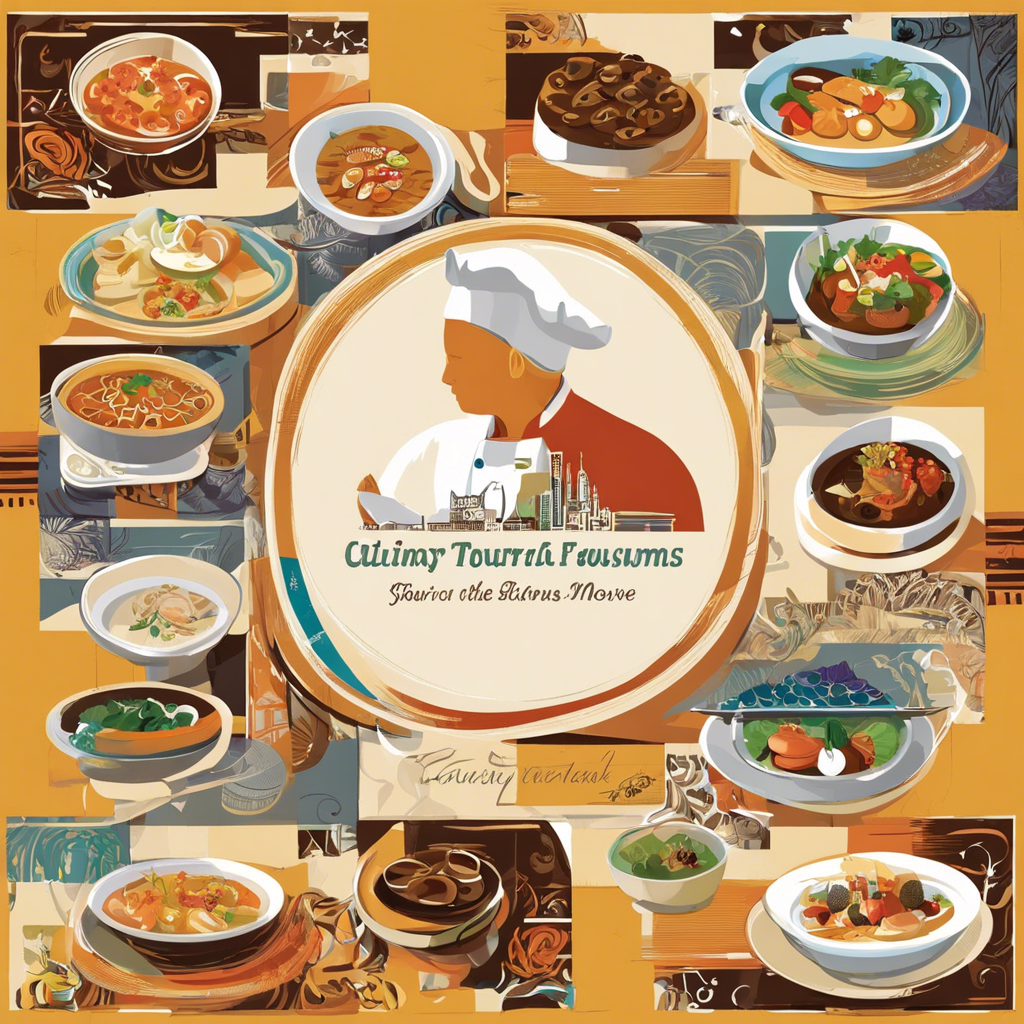As travel restrictions ease and the world opens up, many travelers are eager to explore new destinations and immerse themselves in different cultures. One of the best ways to do this is through culinary tourism – a delicious journey of discovering new flavors, aromas, and culinary traditions.
Culinary tourism offers a unique perspective on a region’s culture, history, and people. By participating in culinary activities, such as food walks, cooking classes, and local market visits, travelers can gain a deeper understanding of the destination’s culinary heritage and its role in shaping the local community. From sampling street food in Asia to learning ancient cooking techniques in the Mediterranean, culinary tourism provides an opportunity to connect with locals, support traditional practices, and immerse yourself in a destination’s authentic flavors.
One of the greatest allures of traveling is the promise of tasting new and exotic flavors. Culinary tourism, a rapidly growing sector of the travel industry, revolves around this very promise. It invites adventurers to embark on a palatable journey, savoring local dishes, learning age-old recipes, and immersing themselves in the culinary traditions of their destination. By doing so, they not only satisfy their taste buds but also gain a deeper understanding of the local culture, people, and history.
The beauty of culinary tourism lies in its ability to cater to a diverse range of interests and tastes. Foodies can indulge in gourmet meals prepared by renowned chefs, while adventure seekers can opt for unique dining experiences, such as underground supper clubs or pop-up restaurants in unconventional settings. For those who crave interaction and a hands-on approach, cooking classes with local chefs offer a chance to learn directly from the masters, picking up techniques and recipes to recreate the magic back home.
In addition to satisfying one’s appetite, culinary tourism provides a window into a region’s history, culture, and traditions. Many destinations offer food-focused walking tours that take visitors through historic neighborhoods, local markets, and family-owned eateries, allowing them to discover hidden gems and interact with locals. These experiences provide a deeper connection to the place and its people, fostering a sense of community and cultural exchange.
The impact of culinary tourism extends beyond the individual traveler. When travelers participate in food-related activities, their presence directly supports local businesses, farmers, and producers, contributing to the economic development of the region. Additionally, by engaging in sustainable and ethical food practices, such as supporting organic farms or participating in food waste reduction initiatives, travelers can positively impact the environmental and social well-being of the destinations they visit.
As the world navigates through a post-pandemic era, culinary tourism has the potential to play a crucial role in the recovery of communities and their cultural preservation. By promoting and celebrating the diverse culinary heritage of destinations around the world, travelers can help restore vibrancy to local economies, encourage cultural exchange, and preserve traditional foodways that may be at risk of being lost.
So, as you plan your future travels, consider making space on your itinerary for culinary adventures. Whether it’s learning to make pasta in Italy, sampling street food in Thailand, or indulging in a gourmet meal prepared by a Michelin-starred chef, culinary tourism promises to satisfy your wanderlust and your appetite for new experiences. Bon appétit and happy travels!
